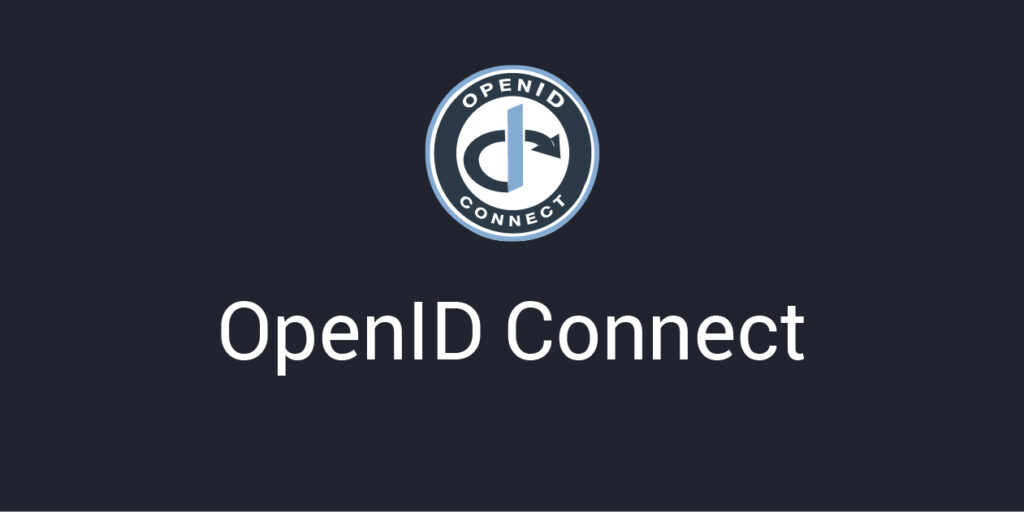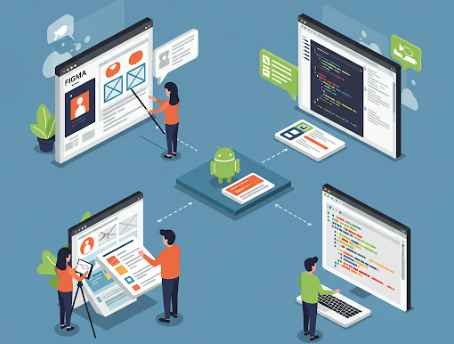For individuals with cognitive disabilities, keeping track of daily tasks, appointments, and responsibilities can be a challenging endeavor. Thankfully, assistive technologies have come to the rescue, with task list apps like Todoist and Wunderlist leading the way in simplifying task management. In this blog post, we explore how these apps empower individuals with cognitive disabilities to enhance their productivity, reduce stress, and regain control over their lives.
The Complexities of Cognitive Disabilities
Cognitive disabilities encompass a wide range of conditions, including Alzheimer’s disease, autism, attention deficit hyperactivity disorder (ADHD), and traumatic brain injury (TBI). These conditions can impact memory, executive function, and attention, making it difficult to manage daily tasks efficiently.
The Role of Task List Apps
Task list apps, like Todoist and Wunderlist , offer a user-friendly and visually appealing platform for managing tasks and responsibilities. Here’s how they provide support:
Visual Organization: These apps present tasks in a clear and organized manner, using visuals like checkboxes, due dates, and priority labels. This visual structure makes it easier for individuals with cognitive disabilities to grasp their to-do lists at a glance.
Customization: Users can personalize these apps to suit their unique needs. This includes adjusting colors, fonts, and notification settings to create a comfortable and familiar environment.
Notifications and Reminders: Task list apps send notifications and reminders for upcoming tasks and deadlines. These prompts serve as invaluable memory aids, reducing the risk of forgotten commitments.
Repetitive Task Management: Individuals with cognitive disabilities often benefit from routine. These apps facilitate the creation of recurring tasks, helping users establish and maintain daily, weekly, or monthly routines.
Accessibility Features: Many task list apps are designed with accessibility in mind. They offer features like voice-to-text, voice recognition, and compatibility with screen readers, ensuring inclusivity for all users.
Collaboration: These apps often support collaboration, allowing caregivers or support networks to assist with task management and monitoring.
Empowering Independence
The impact of task list apps on individuals with cognitive disabilities extends beyond task management:
Independence: These apps empower users to regain control over their daily lives, fostering a sense of autonomy and self-reliance.
Confidence: Successfully managing tasks and responsibilities can boost self-confidence and self-esteem.
Reduced Stress: By providing a clear and structured overview of tasks, these apps reduce the anxiety and stress often associated with cognitive disabilities.
Improved Communication: Caregivers and healthcare providers can use these apps to facilitate communication with individuals, making it easier to coordinate and manage care.
Choosing the Right App
Selecting the right task list app is crucial. It should align with the individual’s specific needs and preferences. While Todoist and Wunderlist are excellent options, there are many alternatives available, such as Microsoft To Do, Google Keep, and Apple Reminders. Caregivers and support networks can play a pivotal role in helping individuals choose and set up the app that best suits their requirements.
Task list apps like Todoist and Wunderlist are transformative tools for individuals with cognitive disabilities. They offer not just task management but also the promise of enhanced productivity, reduced stress, and improved quality of life. These apps represent more than mere technology; they are instruments of empowerment and a pathway to greater independence. As technology continues to advance, the future holds even more potential for innovations that will further improve the lives of those living with cognitive challenges.
What is next?
In our next installment, we will delve into assistive technologies and Sensory Integration Apps for Cognitive disabilities.
For more information on why accessibility is important in general, you can check out my previous blog post here.
For further information on how In our next installment, we’ll explore the importance of captions for individuals with hearing disabilities and delve into how we can promote digital products using captions with semantic markup to enhance accessibility for those with hearing impairments.to make your product accessible to your audience, contact our experienced design experts, check out our Accessibility IQ for your website, download our guide Digitally Accessible Experiences: Why It Matters and How to Create Them, and read more from our UX for Accessible Design series.





Leave A Comment